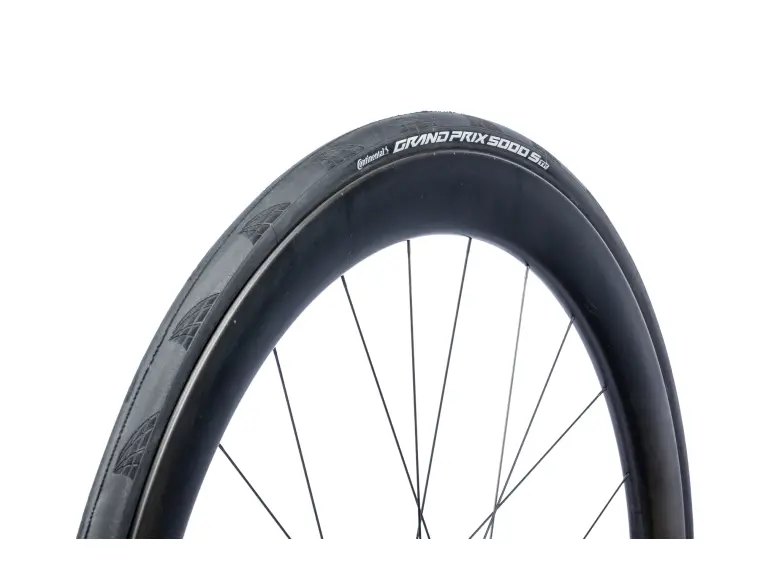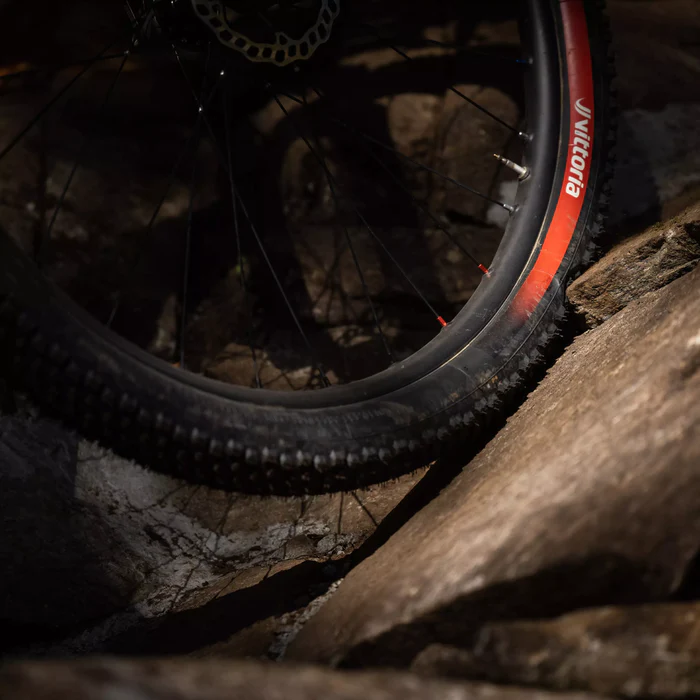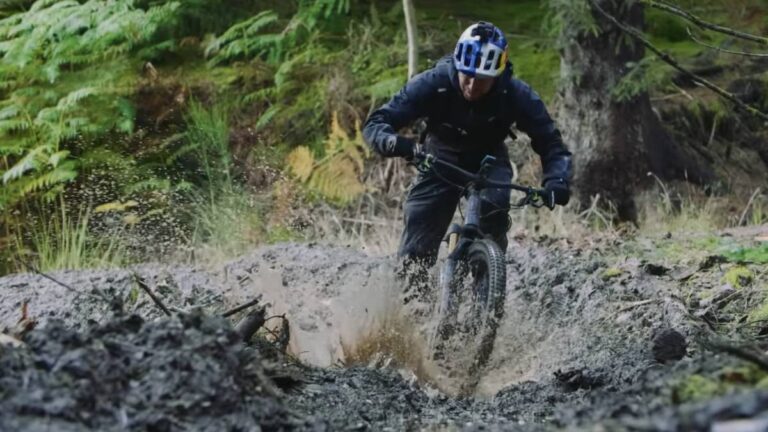Exploring Tubeless Technology in Road Bike Tires

Key Point Summary of Tubeless Technology in Road Bike Tires:
- Tubeless Technology Defined: Tubeless road bike tires eliminate the need for an inner tube, relying on a sealant to prevent and repair punctures.
- Benefits of Going Tubeless: These include reduced risk of flats, improved ride quality, and the ability to run lower tire pressures for better grip and comfort.
- Setup Process: Converting to tubeless requires compatible tires and rims, sealant, and sometimes a bit more effort during installation.
- Considerations: While there are many advantages, the initial setup and maintenance may be more involved than traditional tubed tires.
As a seasoned cyclist with years of experience racing and riding across various disciplines—mountain biking, gravel grinding, and cyclocross—I’ve witnessed first-hand the evolution of cycling technology and its impact on performance and enjoyment. One innovation that stands out, particularly in the realm of road cycling, is tubeless tire technology. Designed to enhance efficiency, comfort, and reliability, tubeless tires have become a game-changer for cyclists at all levels. In this article, I’ll delve into what tubeless technology entails, its benefits, and how to set up your road bike with tubeless tires.
The Essence of Tubeless Technology
Tubeless tires are designed to run without an inner tube. Instead, the tire forms an airtight seal with the rim, and a liquid sealant is added inside the tire to automatically repair small punctures and cuts as they happen. This technology, borrowed from the mountain biking world, has revolutionized road cycling by addressing some of the long-standing challenges associated with pneumatic tires.

Benefits of Tubeless Road Bike Tires
Reduced Risk of Flats: The sealant inside tubeless tires can quickly fill and seal punctures, dramatically reducing the likelihood of sudden flats. This feature alone has made me a convert, especially after a race where the sealant plugged a thorn puncture seamlessly, allowing me to finish without stopping for a repair.
Improved Ride Quality: Tubeless tires can be run at lower pressures compared to their tubed counterparts, without the risk of pinch flats. This lower pressure increases the tire’s contact patch with the road, enhancing grip and providing a smoother, more comfortable ride over rough surfaces.
Weight Savings: Eliminating the inner tube also reduces the tire’s overall weight, contributing to a slight decrease in rotational mass and thus improving acceleration and climbing performance.
Setting Up Tubeless Road Tires
Converting to tubeless requires a bit of initial investment and effort but is straightforward once you’re familiar with the process. You’ll need tubeless-compatible tires and rims, tubeless valve stems, sealant, and a tubeless-ready rim tape to create an airtight seal. The setup involves mounting the tire onto the rim, adding sealant, and inflating the tire to seat it properly against the rim. A high-volume pump or a compressor can be particularly helpful in getting the tire to pop into place.

Considerations and Tips
While the advantages of tubeless technology are compelling, it’s not without its quirks. The initial setup can be messy, and seating the tire onto the rim might require more effort compared to installing a traditional tubed tire. Additionally, while tubeless sealant effectively handles most punctures, larger cuts might still necessitate a tire patch or replacement.
From my journey, switching to tubeless on my road bike has been one of the most impactful upgrades. The peace of mind from reduced punctures, combined with the noticeable improvement in ride comfort and performance, has made every mile more enjoyable. Whether you’re tackling long endurance rides, sprinting in local crits, or exploring mixed-surface routes, tubeless tires offer a tangible enhancement to your cycling experience.
Tubeless Technology in Road Bike Tires: Wrapping Up
In conclusion, tubeless road bike tires represent a significant step forward in cycling technology, offering riders at all levels an array of performance and comfort benefits. While the setup and maintenance might require a bit more effort and familiarity compared to traditional tires, the advantages they bring to the table—reduced flats, better ride quality, and enhanced efficiency—make them a worthy consideration for anyone looking to optimize their road cycling experience.

The Continental Grand Prix 5000 S TR is the tubeless-ready version of Continental’s beloved Grand Prix 5000 tire, known for its outstanding combination of low rolling resistance, high puncture protection, and excellent grip. It incorporates Continental’s latest technologies, such as the BlackChili Compound for improved rolling efficiency and grip, and the Vectran Breaker layer for increased puncture resistance. The tire’s tubeless setup further enhances its puncture protection capabilities and allows for running lower tire pressures, which can improve comfort and traction on rough roads.
With its blend of performance features, the Continental Grand Prix 5000 S TR is favored by many road cyclists seeking a high-quality, reliable tubeless tire for training and racing alike.
FAQ
Is tubeless better for road bike?
Yes, tubeless can be better for road bikes due to reduced puncture risk, improved ride quality, and the ability to run lower tire pressures for better grip and comfort.
How do tubeless tires work on a road bike?
Tubeless tires on a road bike work by forming an airtight seal between the tire and rim, eliminating the need for an inner tube. Liquid sealant is added inside the tire to automatically seal punctures and small cuts in real-time.
Do professional road cyclists use tubeless tires?
Yes, professional road cyclists increasingly use tubeless tires for their benefits in puncture resistance and performance, although usage can vary depending on the race conditions and personal preferences.
What is tubeless tyre technology?
Tubeless tire technology involves tires that do not require an inner tube. Instead, the tire seals directly against the rim, and a liquid sealant inside the tire helps to seal punctures instantly, offering reduced weight, improved puncture resistance, and the ability to run lower pressures for enhanced performance and comfort.






